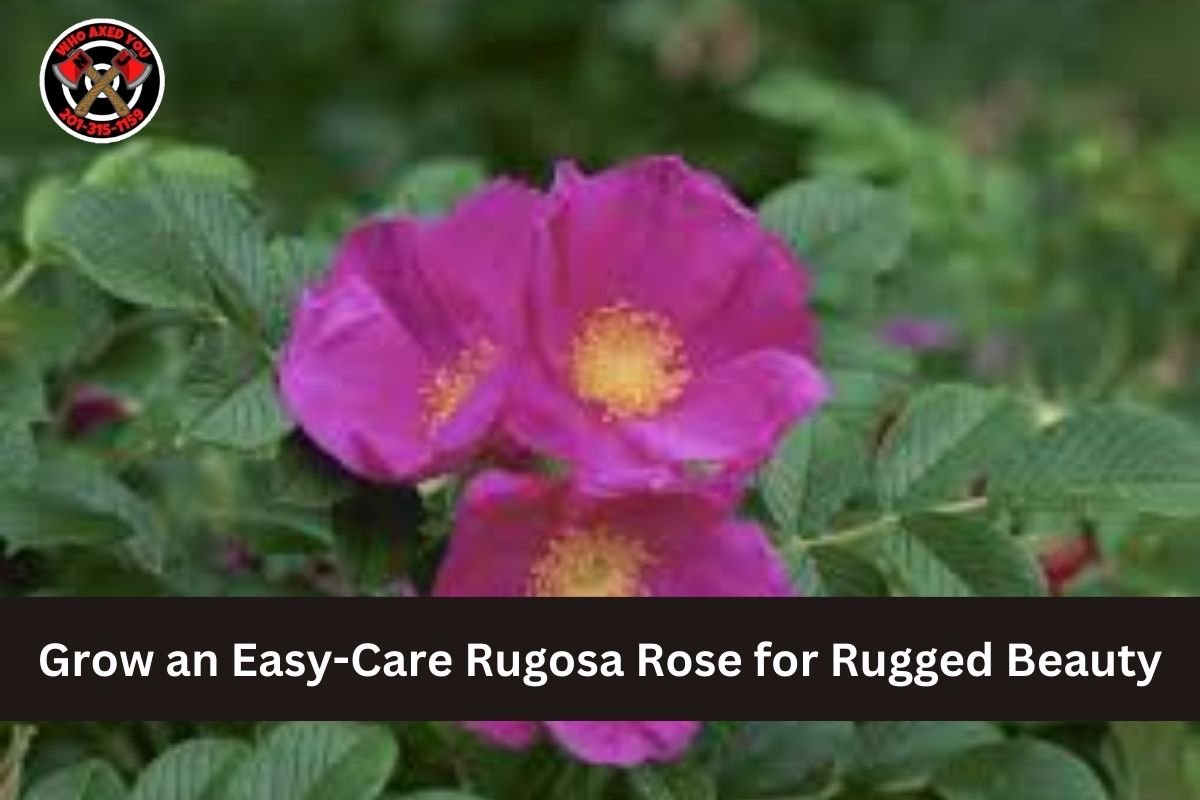Grow an Easy-Care Rugosa Rose for Rugged Beauty :- A gardener’s dream, rugosa roses (Rosa rugosa) combine beauty, toughness, and low care. Those looking to add colorful, fragrant blossoms to their yard without the effort of rigorous care will love these resilient roses from East Asia. Here’s how to grow and care for a Rugosa rose so your garden may enjoy its rough beauty year-round.
Grow an Easy-Care Rugosa Rose for Rugged Beauty
Gardeners will love rugosa roses (Rosa rugosa) because of its little maintenance, toughness, and beauty. These sturdy, native of East Asia roses are perfect for gardeners who want to add colorful, fragrant blooms to their environment without having to do a lot of upkeep. This page will walk you through the growing and care of Rugosa roses so you can be sure your garden will always have its rugged charm.
Also Read :- 6 Nail art techniques for achieving ombre nails
Understanding Rugosa Roses: Rugosa roses are distinguished by their furrowed (rugose) leaves, which are the source of their common name. These roses produce fragrant flowers in shades of pink, white, and red, blooming repeatedly from late spring to autumn.
Rugosa roses are distinguished by their resilience, in addition to their aesthetic appeal. Most other rose varieties would be challenged by the harsh winters, salty coastal air, and poor soil conditions that they tolerate in USDA zones 3-9, allowing them to flourish.
Planting Rugosa Roses: 1. Selecting the Appropriate Location: Rugosa roses require a minimum of six hours of direct sunlight per day and thrive in full sun. Nevertheless, they are able to tolerate partial shade, particularly in harsher climates. Rugosa roses can tolerate a variety of soil types, such as sandy or clay soils, but it is important to choose a location with well-draining soil to prevent root decay.
Soil Preparation: Rugosa roses are not particularly particular about their soil requirements; however, they may establish themselves more robustly by supplementing the planting area with organic matter, such as compost or well-rotted manure. Aim for a pH that is mildly acidic to neutral (5.5 to 7.0).
Planting Procedure: Excavate a trench that is twice as wide and just as deep as the root ball of the rose. Add a small amount of compost to the soil that has been removed. Gently place the rose in the hole, ensuring that its roots are stretched out. Firm the soil-compost mixture around the roots to eradicate air pockets, then backfill with it.
irrigation: Rugosa roses are drought-tolerant once they have been established; however, it is essential to provide consistent irrigation during the initial growing season. Allow the soil to dry slightly between waterings and water deeply. To prevent the development of fungal diseases, it is important to maintain the foliage’s moisture level.
Mulching: Apply a layer of organic mulch around the base of the plant, with a thickness of 2-3 inches. Mulch is instrumental in the regulation of soil temperature, the suppression of plants, and the retention of soil moisture.
Rugosa roses typically do not necessitate substantial nourishment. Typically, a balanced, slow-release fertilizer that is administered in the early spring as new growth commences is sufficient. It is advisable to steer clear of high-nitrogen fertilizers, as they may encourage excessive leaf growth at the expense of flowers.
Rugosa roses necessitate minimal pruning. Remove branches that are deceased, damaged, or crossing in the late winter or early spring. If necessary, gently shape the shrub; however, refrain from excessive pruning, as it may diminish flowering.
Pests and Diseases: Rugosa roses are remarkably resilient to common rose issues, including black spot, powdery mildew, and rust. Nevertheless, they may occasionally attract Japanese beetles or aphids. To naturally control pest populations, promote beneficial insects such as ladybugs and manage pests with insecticidal soap or neem oil if necessary.
Rugosa roses are not only aesthetically pleasing, but also adaptable. Their hips, which are the fruit of the rose, are abundant in vitamin C and can be incorporated into sauces, jellies, and beverages. Their dense, thorny growth renders them ideal for use as natural barriers or hedges. Furthermore, their ability to endure saline conditions renders them an optimal choice for coastal gardens.
